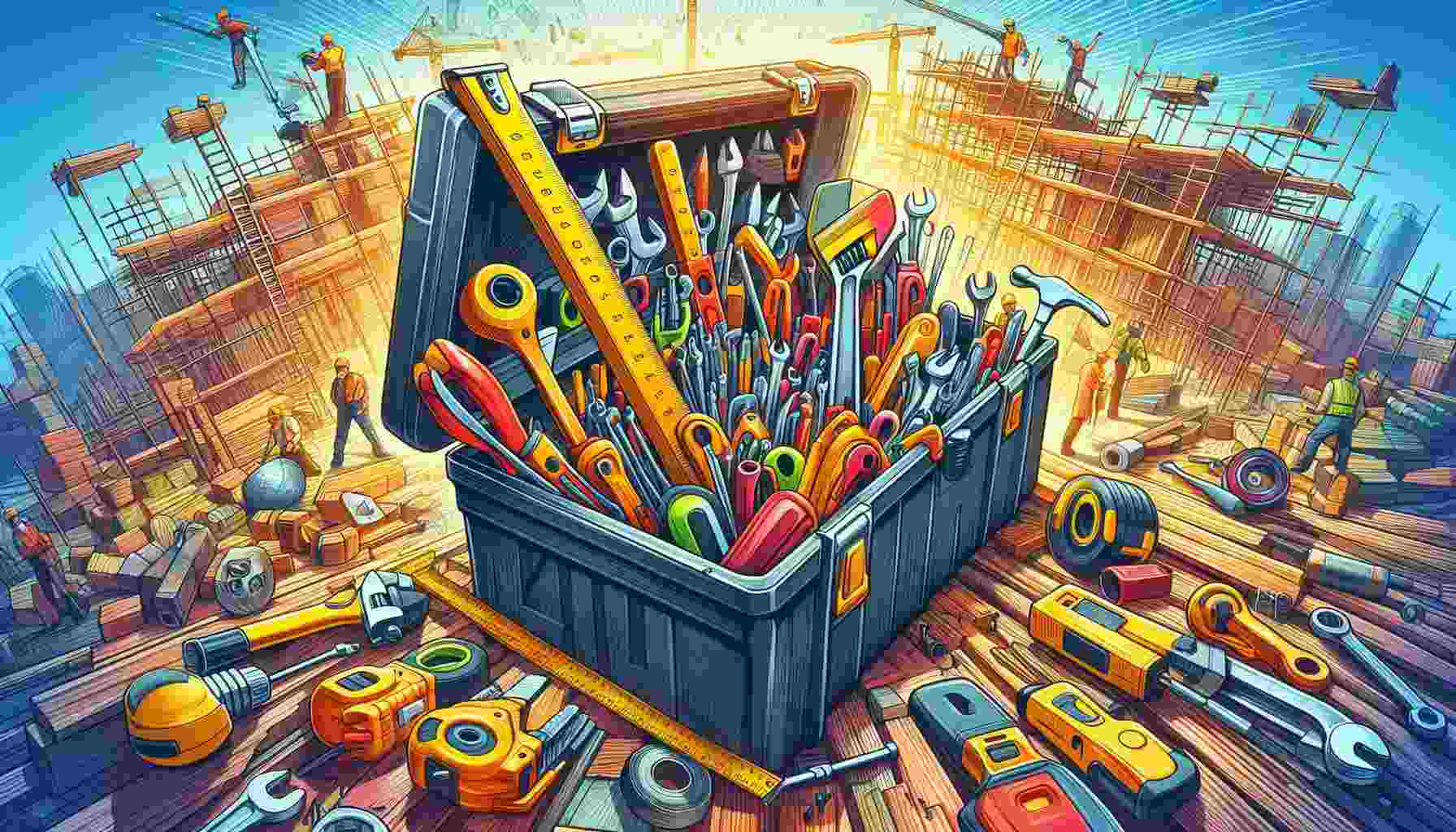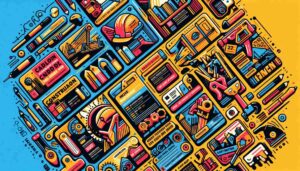Ever walked onto a construction site and felt overwhelmed by the sheer variety of tools and equipment? You’re not alone! Construction tools are the unsung heroes of any building project, turning architectural dreams into concrete reality. As the famous saying goes, “A worker is only as good as their tools.” This couldn’t be truer in the world of construction, where having the right equipment can make or break a project.
Whether you’re a DIY enthusiast tackling a home renovation or a professional contractor managing large-scale projects, understanding the essential construction tools is crucial. These tools not only make the job easier but also ensure safety, efficiency, and quality in your work. Let’s dive into the world of hammers, drills, and everything in between!
Key Takeaways
- Construction tools are essential equipment for any building project, ranging from basic hand tools to complex machinery.
- Proper selection and use of tools can significantly impact project efficiency, safety, and quality.
- Regular maintenance and safety precautions are crucial when working with construction tools.
- Investing in high-quality tools can save time and money in the long run.
- Understanding the specific requirements of your project will help you choose the most appropriate tools.
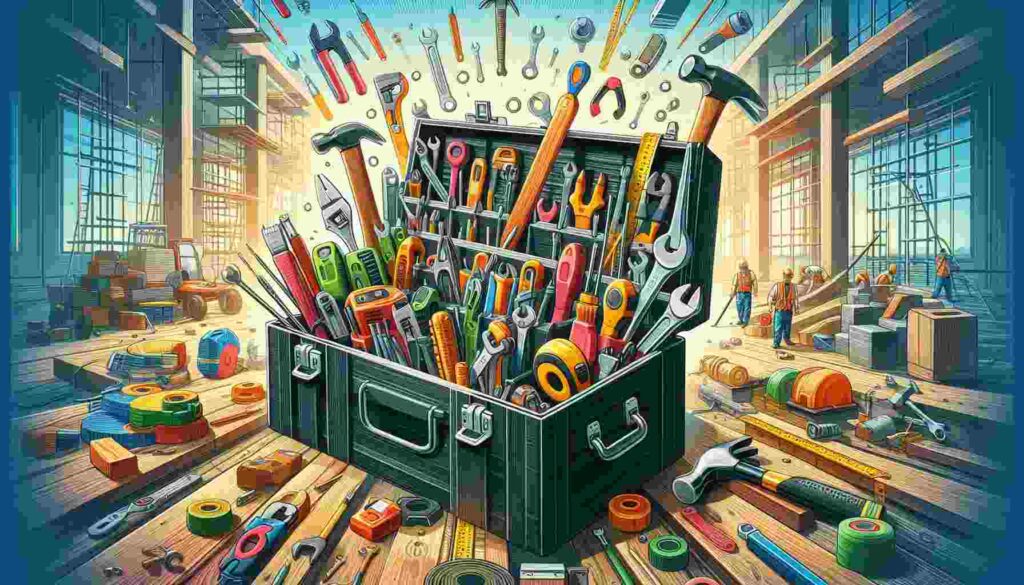
Basic Hand Tools: The Foundation of Any Toolbox
Let’s start with the basics, shall we? Every construction worker, from the greenest apprentice to the most seasoned pro, needs a solid set of hand tools. These are the workhorses of the construction world, reliable and versatile enough to handle a wide range of tasks.
Hammers: The Quintessential Construction Tool
Ah, the humble hammer. It’s probably the first tool that comes to mind when you think of construction, and for good reason. Hammers come in various types, each designed for specific tasks:
- Claw hammers: Perfect for driving and removing nails
- Sledgehammers: Ideal for demolition work
- Rubber mallets: Great for more delicate jobs where you don’t want to damage the surface
I remember my first day on a construction site, nervously clutching my shiny new claw hammer. Little did I know it would become an extension of my arm over the years!
Screwdrivers: More Than Just Tightening Screws
Don’t underestimate the power of a good set of screwdrivers. They’re not just for, well, driving screws. A versatile screwdriver set can help you with tasks like:
- Opening paint cans
- Prying apart stuck components
- Adjusting small mechanisms
Pro tip: Invest in a quality multi-bit screwdriver to save space in your toolbox and ensure you always have the right size on hand.
Measuring Tools: Precision is Key
As the old carpentry adage goes, “Measure twice, cut once.” Accurate measurements are crucial in construction, and having the right measuring tools can save you time, money, and headaches. Essential measuring tools include:
- Tape measures
- Levels
- Squares
- Chalk lines
I once saw a whole day’s work go to waste because someone misread a tape measure. Trust me, you don’t want to be that guy!
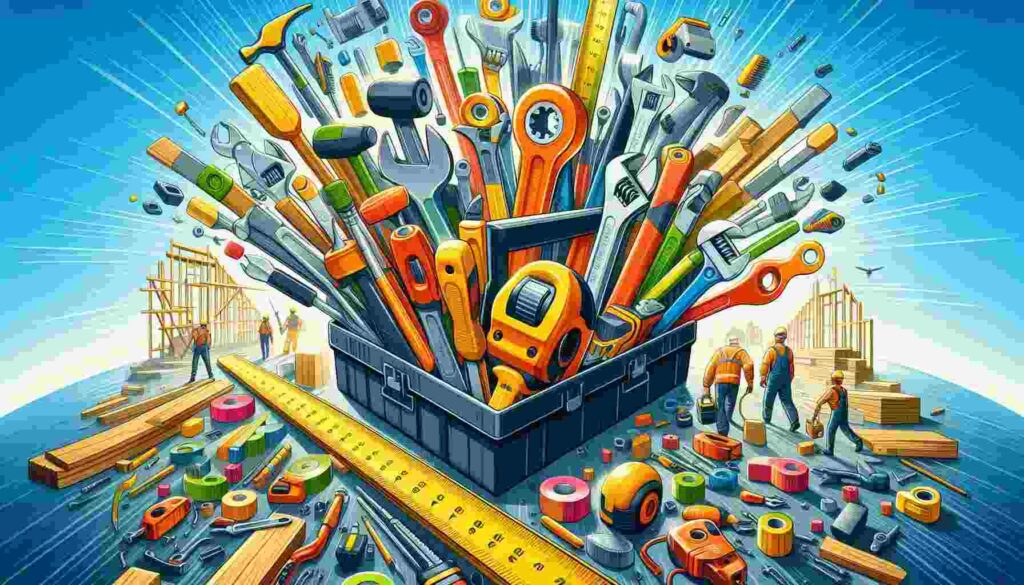
Power Tools: Amping Up Efficiency
While hand tools are great, power tools are where the real magic happens. They can significantly speed up your work and tackle tasks that would be near impossible with hand tools alone.
Drills: The Swiss Army Knife of Power Tools
If I could only choose one power tool to have on a job site, it would be a drill. These versatile tools can:
- Drive screws and bolts
- Drill holes in various materials
- Mix paint or mortar (with the right attachment)
- Sand surfaces (again, with the right attachment)
Cordless drills have become increasingly popular due to their portability, but don’t discount corded models for their consistent power output.
Circular Saws: Making the Cut
When it comes to making straight cuts in wood, plywood, or even thin metal, nothing beats a circular saw. These powerful tools can make quick work of cutting tasks that would take ages with a handsaw. Key features to look for in a circular saw include:
- Blade size (typically 7¼ inches for most jobs)
- Bevel adjustment for angled cuts
- Laser guide for improved accuracy
Remember, safety first! Always wear eye protection and keep your fingers well away from the blade.
Reciprocating Saws: The Demolition Expert
Also known as a “recip saw” or “Sawzall” (a popular brand name), this tool is a godsend for demolition work. It can cut through wood, metal, plastic, and even nails with the right blade. I’ve used a recip saw to:
- Remove old window frames
- Cut through pipes
- Prune thick tree branches
Just be prepared for a workout – these tools can be quite the handful!
Specialty Tools: The Game Changers
While the basics will get you far, sometimes you need a specialized tool to get the job done right. These are the tools that can turn a good craftsman into a great one.
Nail Guns: Speed and Precision Combined
If you’ve ever had to hammer hundreds of nails in a day, you’ll appreciate the beauty of a nail gun. These tools come in various types, including:
- Framing nailers for heavy-duty work
- Finish nailers for more delicate trim work
- Brad nailers for lightweight applications
Just be careful – I once saw a guy accidentally nail his boot to the floor. Not a fun day for him!
Rotary Tools: The Detail Master
For intricate work and fine details, a rotary tool like a Dremel is invaluable. These versatile tools can:
- Cut small materials
- Sand in tight spaces
- Engrave surfaces
- Polish metal
I’ve used my rotary tool for everything from cutting small tiles to repairing jewelry. It’s truly a jack-of-all-trades in the tool world.
Laser Levels: Bringing Precision to New Heights
Gone are the days of squinting at bubble levels and hoping for the best. Laser levels project perfectly straight lines across walls, floors, and ceilings, making it easy to:
- Hang cabinets
- Install drop ceilings
- Align tile work
- Set up framing
Trust me, once you’ve used a laser level, you’ll wonder how you ever managed without one.
As we’ve explored the world of construction tools, from the basic hand tools to the more specialized equipment, it’s clear that having the right tool for the job can make all the difference. But our journey through the toolbox doesn’t end here. In the next section, we’ll delve into the world of heavy machinery and discuss how to maintain and care for your tools to ensure they last for years to come.
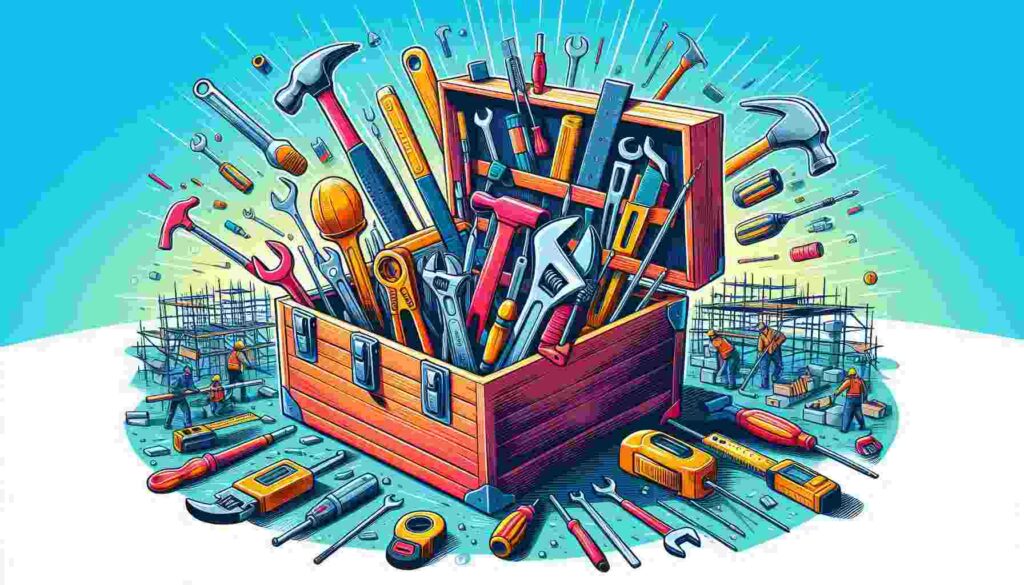
Heavy Machinery: The Big Guns of Construction
Now, let’s talk about the big boys on the construction site. Heavy machinery is where things really get exciting! These massive machines can move mountains (well, almost) and turn a barren plot into a bustling construction site in no time.
Excavators: Digging Their Way to Success
Excavators are like the Swiss Army knives of heavy machinery. They can dig, lift, and even demolish with their powerful hydraulic arms. I’ve seen skilled operators use these beasts to delicately place pipes in trenches – it’s like watching a giant play Operation!
- Great for digging foundations and trenches
- Can be fitted with various attachments for different tasks
- Available in sizes ranging from mini to massive
Bulldozers: Pushing the Boundaries
When you need to move a lot of earth, fast, nothing beats a bulldozer. These powerful machines can clear land, push dirt, and even help with demolition. Just don’t try to parallel park one in the city!
- Ideal for land clearing and grading
- Can work in various terrains, from sandy beaches to rocky mountains
- Some models come with ripper attachments for breaking up hard ground
Cranes: Reaching for the Sky
Ah, cranes – the gentle giants of the construction world. These towering machines are essential for building skyscrapers and other tall structures. Operating a crane is like playing a high-stakes game of Operation, but instead of buzzing, mistakes could lead to… well, let’s not think about that.
- Can lift and move heavy materials to great heights
- Come in various types, including tower cranes and mobile cranes
- Require skilled operators and rigorous safety protocols
Tool Maintenance: Keeping Your Arsenal in Top Shape
Alright, so you’ve got all these fantastic tools. But here’s the thing – they’re only as good as how well you maintain them. Trust me, I learned this the hard way when my favorite drill died on me mid-project.
Cleaning: More Than Just Aesthetics
Keeping your tools clean isn’t just about making them look pretty (although that’s a nice bonus). Regular cleaning helps prevent rust, ensures smooth operation, and can even extend the life of your tools. After each use, give your tools a quick wipe-down. For power tools, use compressed air to blow out dust from vents and moving parts.
Sharpening: Keep the Edge
Dull tools are not only inefficient but can also be dangerous. Keep your cutting tools sharp, including:
- Chisels
- Saw blades
- Drill bits
- Plane blades
Invest in a good sharpening stone or take your tools to a professional sharpening service regularly.
Lubrication: Smooth Operator
Moving parts need lubrication to function properly. Apply lubricating oil to hinges, pivots, and other moving parts regularly. This will help prevent rust and ensure smooth operation. Just don’t go overboard – too much oil can attract dust and grime.
Storage: A Home for Every Tool
Proper storage is crucial for tool longevity. Keep your tools in a dry, clean environment. Use toolboxes, pegboards, or custom storage solutions to keep everything organized. And please, for the love of all that is holy, don’t just throw your tools in a heap at the end of the day. Future you will thank present you for taking the time to put everything away properly.
As we wrap up our journey through the world of construction tools, remember that the right tool in the right hands can work wonders. Whether you’re a DIY enthusiast or a seasoned professional, investing in quality tools and taking good care of them will serve you well in your construction endeavors.
Building isn’t just about bricks and mortar – it’s about creating something lasting, something meaningful. And with the right tools at your disposal, there’s no limit to what you can achieve. So go ahead, pick up that hammer, fire up that drill, and start building your dreams – one project at a time!
Frequently Asked Questions
1. What are the most essential tools for a beginner DIYer?
For beginners, start with a basic set of hand tools including a hammer, screwdrivers (flathead and Phillips), pliers, a tape measure, and a utility knife. Add a cordless drill, and you’ll be ready for most small home projects. As you gain experience, you can gradually add more specialized tools to your collection.
2. How often should I replace my power tools?
There’s no set timeline for replacing power tools. With proper maintenance, quality tools can last for many years. However, if you notice decreased performance, frequent malfunctions, or visible wear and tear, it might be time for a replacement. Also, consider upgrading if newer models offer significant improvements in safety or efficiency.
3. Are expensive tools always better than cheaper alternatives?
Not necessarily. While high-end tools often offer better quality and durability, there are many affordable options that perform well for occasional use. For professionals or frequent DIYers, investing in premium tools can be worthwhile. For occasional use, mid-range tools often offer a good balance of quality and affordability.
4. What safety gear should I use when working with construction tools?
Essential safety gear includes safety glasses, work gloves, ear protection (for loud power tools), and a dust mask or respirator. For certain tasks, you might also need a hard hat, steel-toed boots, or a face shield. Always read the safety instructions for each tool and wear appropriate protective equipment.
5. How do I choose the right drill for my needs?
Consider the types of projects you’ll be working on. For most home DIY tasks, a cordless drill/driver with 18V or 20V max power is sufficient. Look for features like adjustable clutch settings, variable speed control, and a keyless chuck. If you’ll be drilling into masonry, consider a hammer drill function. For heavy-duty work, you might need a corded drill for consistent power.
6. What’s the difference between a circular saw and a reciprocating saw?
Circular saws are designed for making straight cuts, primarily in wood and sheet materials. They’re great for rip cuts (with the grain) and cross cuts (against the grain). Reciprocating saws, on the other hand, are more versatile and can cut through various materials including wood, metal, and plastic. They’re ideal for demolition work and cutting in tight spaces where a circular saw won’t fit.
7. How do I maintain my hand tools to keep them in good condition?
Clean your tools after each use, removing any dirt or debris. Keep cutting tools sharp. Oil metal parts lightly to prevent rust, especially if you live in a humid climate. Store tools in a dry place, ideally in a toolbox or on a pegboard to keep them organized. For wooden handles, occasionally apply linseed oil to prevent drying and cracking.
8. What should I look for when buying a laser level?
Consider the range and accuracy of the laser level. For indoor use, a range of 30-50 feet is usually sufficient. Look for self-leveling capabilities, which save time and improve accuracy. Some models offer multiple line projections (horizontal, vertical, and cross-line), which can be useful for more complex projects. Also, check the power source – some use replaceable batteries, while others are rechargeable.
9. How do I safely use a nail gun?
Always wear safety glasses and ear protection when using a nail gun. Never point the tool at yourself or others, even if you think it’s unloaded. Use the safety tip – don’t disable it. Keep your finger off the trigger when not firing. For pneumatic nail guns, disconnect the air supply when not in use. Be aware of what’s behind your nailing surface to avoid hidden hazards like electrical wires.
10. What’s the best way to organize a large collection of tools?
Start by categorizing your tools by type or frequency of use. Use a combination of storage solutions: toolboxes for frequently used items, pegboards for visual organization of hand tools, and shelving units for power tools and larger items. Consider using foam inserts in drawers to create custom fits for tools. Label everything clearly. For a mobile workshop, invest in a rolling tool chest. Regular decluttering and reorganizing will help maintain an efficient system.

